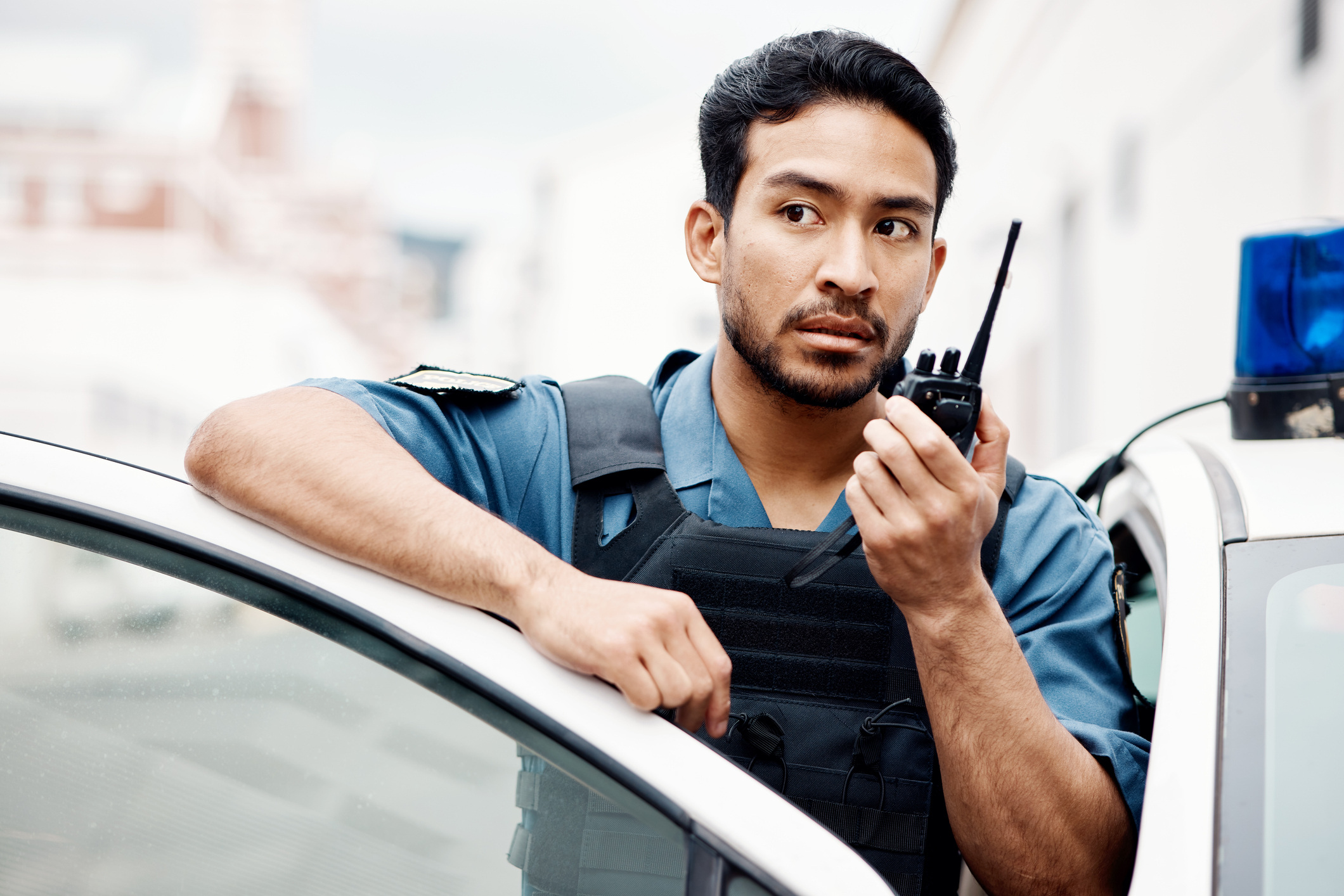
When it comes to secure communications, two-way radios remain the trusted standard for public safety agencies. But can they be hacked?
The short answer: Yes, but only if security measures are weak or outdated.
While cellphones and internet-based communication tools are far more frequent targets of cyberattacks, two-way radios are not immune. Hackers can intercept unsecured transmissions, disrupt emergency operations, and even impersonate first responders on radio channels. Fortunately, modern encryption and advanced security measures make hacking nearly impossible—when the right safeguards are in place.
Public safety teams should take security seriously, as even major organizations have fallen victim to breaches. Because of these dangers, public safety departments using two‑way radios need to be aware of the dangers of hacking—and learn how to avoid it.
A Real-World Example of Two-Way Radio Hacking
Preventing security breaches requires diligence, as one Chicago-area municipality recently learned. Members of the public had been showing up at routine police stops and videotaping officers responding to incidents, including domestic disputes. Soon after, hackers began transmitting over police frequencies, disrupting official communications.
Investigators discovered that a 16-year-old individual with previous encounters with law enforcement had hacked into their system. The department reached out to Chicago Communications, and we helped implement encryption and security enhancements to prevent unauthorized access in the future.
How Can Two-Way Radios Be Hacked?
1. Unauthorized Frequency Access
Some programmable radios allow unauthorized users to listen in on public safety channels or, in extreme cases, transmit on them, disrupting emergency responses.
According to The New York Times, “Twenty years ago, hacking a police radio required modifying hardware. Today, some radios come preconfigured to access police frequencies, making unauthorized transmissions easier than ever.”
2. Lack of Encryption
Radios that don’t use encryption can be intercepted by anyone with a scanner. Without proper security protocols, critical police, fire, and EMS communications can be exposed.
3. Stolen or Cloned Radios
If a two-way radio is lost, stolen, or cloned, bad actors may gain access to secure channels. Without proper authentication or remote disablement features, a compromised radio can remain a security risk.
4. Scanning for Open Frequencies
Unlike hacking, scanning is the practice of listening to open radio frequencies. While not illegal in all cases, it can create security vulnerabilities. For example, some businesses (like towing services) scan emergency frequencies to gain an advantage in responding to incidents.
Adding PL (Private Line) codes or Digital Private Line (DPL) codes to radios reduces interference and scanning risks by ensuring only authorized users can communicate on a given frequency.
How to Prevent Two-Way Radio Hacking in 2025
1. Upgrade to Secure, Encrypted Systems
Public safety agencies should invest in encrypted radios to protect communications from being intercepted.
-
Motorola APX™ Series P25 Radios – Designed for law enforcement, fire, and EMS, these radios feature AES-256 encryption to ensure secure conversations.
-
MOTOTRBO™ Digital Radios – Ideal for municipal and emergency response teams, these radios offer dynamic encryption, secure channel management, and remote monitoring to prevent unauthorized access.
2. Implement Trunked Radio Systems
Unlike traditional radio channels, trunked systems automatically assign users to dynamic frequencies, making it nearly impossible for hackers to lock onto a single channel.
-
Motorola’s ASTRO 25 & Starcom 21 trunked systems provide encrypted, mission-critical communication for first responders.
Learn more about the difference between conventional and trunked radio systems.
3. Conduct Regular Security Audits & Updates
To stay ahead of evolving threats, public safety agencies should:
-
Update encryption keys regularly to prevent unauthorized access.
-
Monitor for suspicious activity on communication networks.
-
Remotely disable lost or stolen radios to ensure security.
4. Train Personnel on Secure Radio Practices
Your team should be trained to recognize and prevent security risks, including:
-
Keeping encryption keys confidential.
-
Verifying users before sharing sensitive information.
-
Reporting unusual activity on radio networks.
5. Partner with a Trusted Two-Way Radio Provider
Choosing the right provider is key to securing your communication systems. Chicago Communications offers:
-
Custom security solutions tailored to public safety and municipal agencies.
-
Expert encryption, system upgrades, and security assessments.
-
Ongoing training and support to keep your team ahead of potential threats.
For more on securing public safety communications, explore our solutions.
Final Answer: Can Two-Way Radios Be Hacked?
Yes—if security is weak. But with the right encryption, technology, and training, hacking becomes nearly impossible. Two-way radios remain one of the safest, most reliable communication tools for public safety.
Need to secure your communications? Contact Chicago Communications today.



